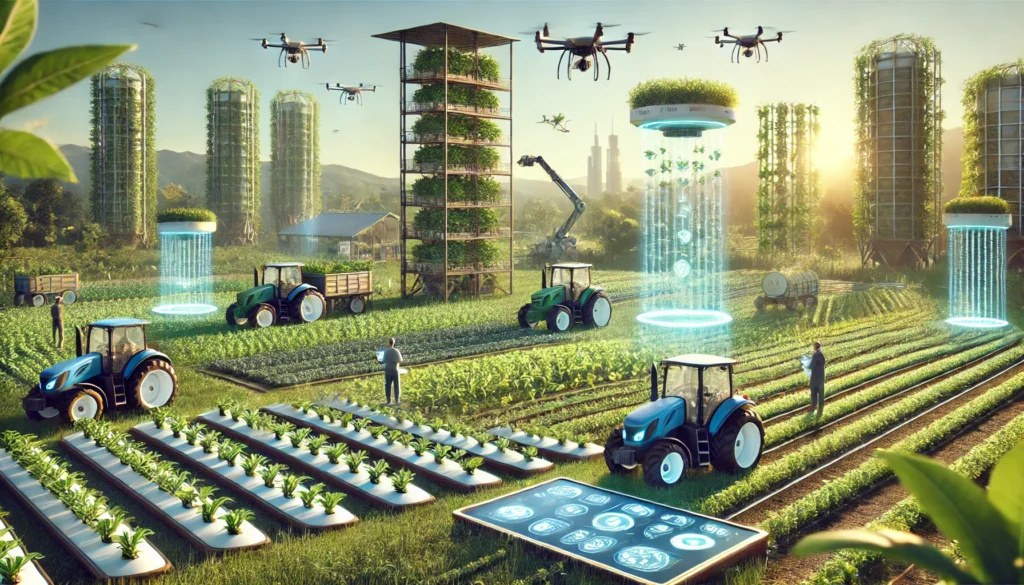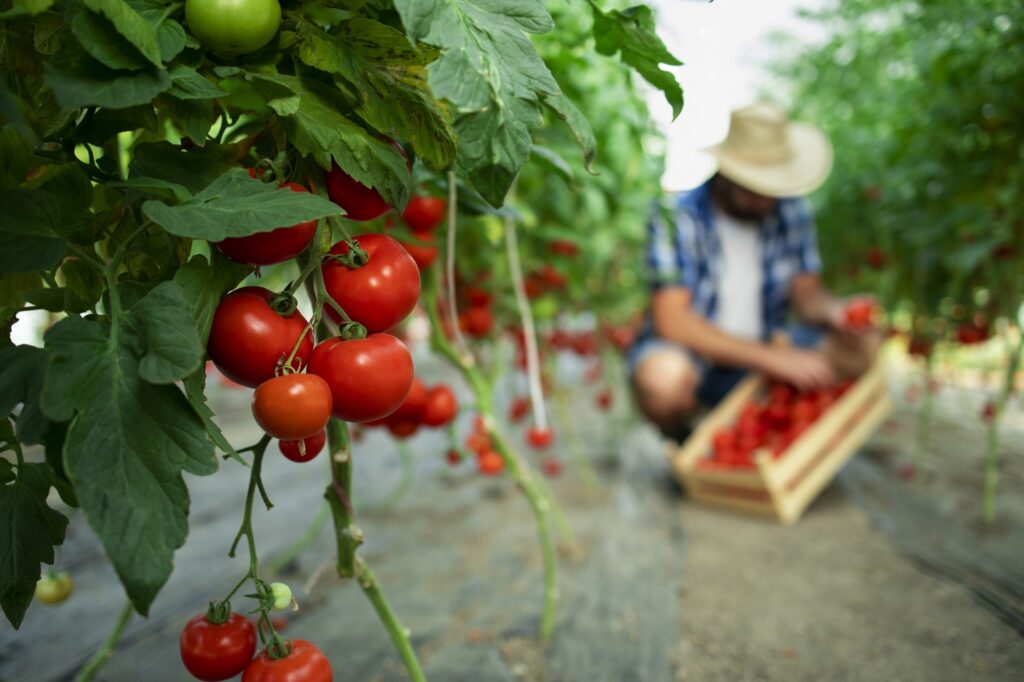Modern Farming: How Advanced Agriculture is Transforming the Future of Food
Agriculture is no longer just a man, a plow, and a field. Today, advanced agriculture—often referred to as AgriTech or smart farming—is reshaping how we grow our food, manage resources, and protect the environment. It blends traditional knowledge with cutting-edge technology, offering a more efficient, sustainable, and productive way to feed the world’s growing population.
What is Advanced Agriculture?
Advanced agriculture refers to the use of innovative technologies, scientific research, and data-driven methods in farming. From drones scanning crop health to AI predicting weather patterns, farmers today have tools that were once unthinkable. The goal? To grow more food using fewer resources, while preserving the land for future generations.
Key Technologies Driving Advanced Agri
- Precision Farming
This approach uses GPS, sensors, and satellite imagery to monitor crops and soil conditions. It enables farmers to apply water, fertilizer, and pesticides only where needed, reducing waste and boosting yields. - Smart Irrigation
Water is one of agriculture’s most precious resources. Advanced systems use real-time data to control irrigation, ensuring that crops receive just the right amount of water—no more, no less. - Drones and Aerial Imaging
Drones provide bird’s-eye views of large farms, helping detect pest infestations, nutrient deficiencies, and irrigation issues early. This saves time, reduces crop losses, and improves planning. - IoT and Farm Automation
Sensors placed in the soil or on equipment collect data continuously. Automated machines—like self-driving tractors or robotic harvesters—can take action based on this data, reducing the need for manual labor.


